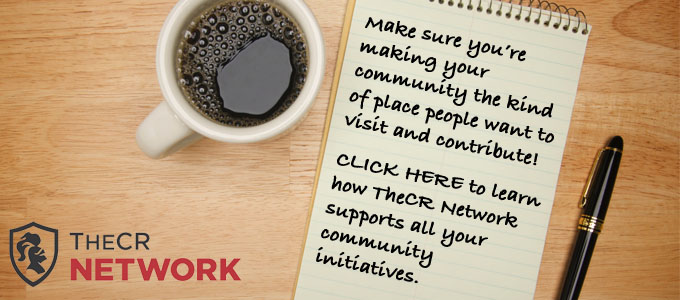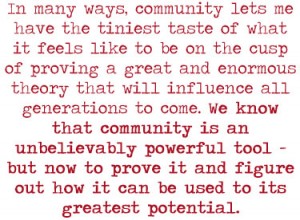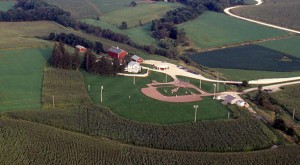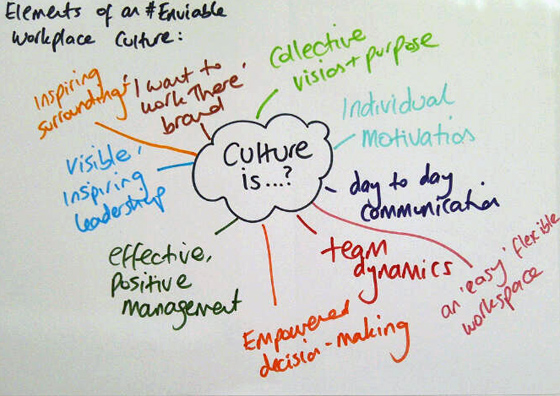By Hillary Boucher, Director of Networks at The Community Roundtable
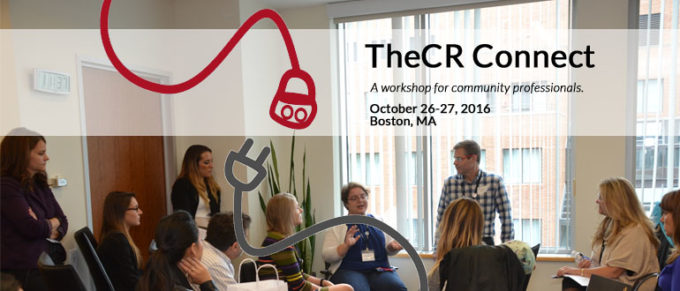
I am beyond excited to get to share this news with you – we’ve set the date for our annual community workshop this Fall!! TheCR Connect 2016 will take place on October 26-27, 2016 (that’s right – TWO days!) at the Babson Executive Conference Center located just outside Boston.
I’ve been lucky enough to attend the first two Connect events we’ve held – and I have to say, the best part of my job is getting to work with and for amazing community people. And getting to hangout with them in person, hear their amazing stories and solve community challenges in real time? Winning!!
If you’ve attended a Connect in the past you should definitely join us this Fall – we’re planning even more awesome content – this time over a day and a half of interactive sessions, tactical roundtables and community case studies. We heard your feedback that even more connecting and networking time was needed so we’ve built that (and a great happy hour and dinner!) into the agenda.
If you haven’t attended TheCR Connect in the past I can’t encourage you enough to consider attending. I obviously love online community building – but there really is something special about getting together with a room full of people that get the challenges you face, that have solved problems just like the ones you deal with and that can benefit from your expertise as well.
I can honestly say I’ve walked away from each previous event energized and excited – and came back to our community with new ideas and strategies that have made me a better community manager for you. That doesn’t even take into account the fact that getting to know you in person is the icing on the cake!
You can learn more about TheCR Connect here – or if you’re ready to register you can sign up here.
 You can find an online community for everything these days. Last week I was invited to join a community focused on dog treats. Yes, an entire community for dog treats.
You can find an online community for everything these days. Last week I was invited to join a community focused on dog treats. Yes, an entire community for dog treats.